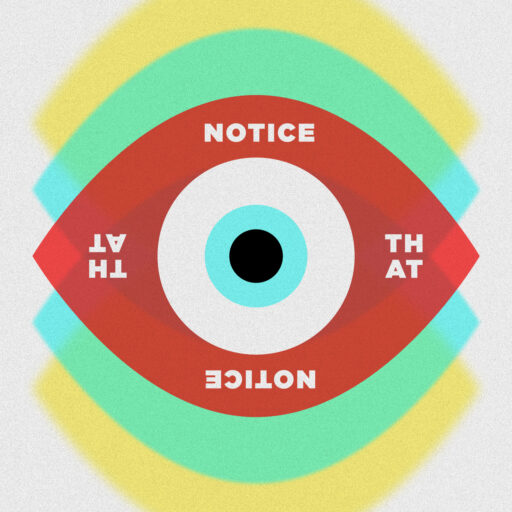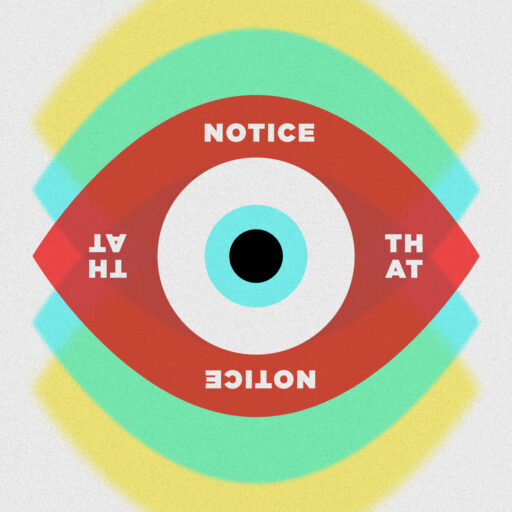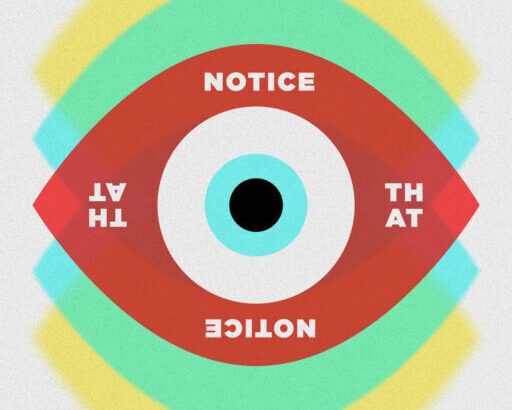Episode 59: Interview w/ Gary Brothers

Listen in to hear Melissa and Bridger host an interview with Gary Brothers, LCSW, a therapist in Austin TX who specializes in chronic pain and chronic health conditions.
Pain:
- We experience pain through the brain; without the brain, we couldn’t feel pain.
- It’s a relay system from the sensory neurons to the brain. When the relay system reaches the brain, that’s when we experience pain.
- Look at what has happened in the brain and what has happened over time.
Syndrome states
- The human body is a working system made up of many smaller systems constantly working towards health.
- The nervous system, the endocrine system, the muscular system etc.
- A disruption caused by a collective breakdown in systems.
- Syndrome states in the body can be multifactorial- internal and external causes.
Question 1:
How did you as a therapist come to have this as your focal point? This isn’t an area that we are typically encouraged as mental health therapists. How did you find your way to the body and how does EMDR fit into this story?
Gary Brothers:
My passion originally was with adolescence and young adults. I was deep attachment-focused as a trauma therapist and focused on attachment issues and individuals with high ACEs scores. My graduate studies was looking at external systems and their relationships within the larger social systems. I was trained to think systemically. When I moved to Austin, I worked in a residential center for two years. There was an ad working for a chronic pain company and took a job there. I saw two competing models for treating pain. Psychotherapeutic interventions had a great impact in helping people and found that we don’t necessarily need opiates, surgeries and other medical interventions. I never intended to be a trainer for EMDR, but then I was encouraged to share what I know.
Question 2:
So was the model that you presented for chronic pain training, was that the model that you were using for this population or did it develop over time?
Gary Brothers:
Yeah, so throughout my research and reading, I came across so many different pieces. When you look at the syndrome, all these pieces are vital to understanding chronic pain. I want to give other researchers credit. With whatever we are doing as therapists, we tend to be reductionist. I believe that science should be a reflection of nature. Nature shows us that all these things are occurring at once, simultaneously. All these models of health are happening at once. When we look at pain, health states, chronic health conditions, and autoimmune systems, all these are happening at once. When I was developing the model, I wanted to include the main components of chronic pain, how it breaks down the body, and how to bring the body back to health. Breakdown leads to more breakdown, and then to even more breakdown.
Question 3:
As we begin looking at syndrome states, we start to see how the brain processes lived experiences that contribute to the brain’s continued development. We then start to have a strong case conceptualization model. What you are saying about pain gates and the neural pathways of sensorimotor affectivity, that’s coming through more than just pain but the entire lived experience as a whole.
Gary Brothers:
Absolutely. We realize that the experience of pain is based on our past experiences. Our previous life experiences are going to prime our present experience. We have to look at how the nervous system has developed over the lifespan.
Question 4:
The research that is occurring demonstrates the type of trauma that the human experiences has direct nerve damage in a very long-lasting way that we prior to this, haven’t had the ability to measure. As an easy example, children growing up in a very emotionally abusive home. These stimuli caused a prolonged state of fear (screaming, yelling, name-calling, etc.), which caused a change in the processing of auditory stimuli for the rest of their lives. This produced a difficulty in registering the human voice, which is a precursor for ADD, ADHD, sensory-motor processes, etc. What you’re saying reminds me a lot of this and feels like a continuation of this conversation. Environmental stimuli are shaping the specific nerves and alter the way it is perceived and interpreted in the brain. How do we begin to support the body in letting go of some of these physiological strategies? How do you view chronic pain and/or syndrome states as a strategy in response to trauma?
Gary Brothers:
So we are diving in now, if that’s okay? So now we integrate things about what we know about attachment, AIP, Polyvagal Theory, and perception. What you are describing is how the human body responds to threats. We look at this through multiple systems, not just a psychological one. I wouldn’t say nerve damage, I would say nerve changes. In my model, the body is wired to heal.. The nerves change but the nerves can change back, if there’s a safe environment to do so. That’s where AIP comes in. We are able to heal because AIP is occurring all the time- not just in perceived dangerous times. Attachment has a goal of closeness and connection. It also gives us a base to explore the world with the ability to go back to safety. This is how we learn to regulate our emotions. When the caregiver suppresses their attachment system, this can cause hyperarousal in the child of disorganization. This can also cause a collapse in the system, which is where Polyvagal Theory comes in. When there’s a chronic lack of caregiving, this is where those templates come in.
Question 5:
So I want you to talk more about that. There’s a huge overlap between individuals who have had abuse in childhood and endocrine disruption of some kind. There’s a high correlation between people with high ACEs scores and autoimmune dysfunctions. Therapists are so interested in this because they visibly see it in their clients. If you can, I’d like you to talk more deeply about why the body responds in that way to environmental threat?
Gary Brothers:
So first of all, we all know about the HPA axis. Those are part of the endocrine system. The endocrine system has all these glands telling the body what to do. When we are constantly activating the endocrine system, we are disrupting this system’s balance. Every time we get activated, we are also creating a sickness response, causing a response to our immune system. There’s this whole reaction that occurs as if there’s a disease or illness, but it’s really stress. The activation of stress circuits prime the body for illness and vice versa. When we look at autoimmune disorders, histamine plays a large role. T-cells usually attack the invader but during stress, it attacks the body itself. This is called self vs. non-self discrimination. When this happens when we are predisposed.
Question 6:
I think it’s important to note where consciousness comes in. In our training, we talk about the primary, secondary and tertiary processes. The brain develops bottom to top and the top of the brain only gets information from the deeper/bottom processes of the brain. I feel like we could talk a lot about the neurobiology of all this but I think it’s also important to talk about the application of this information for therapists/clinicians. How much do you bring into your practice and how much is this shared directly with your clients?
Gary Brothers:
I give them bits and pieces over time. I’m a firm believer in educating clients because their brain needs to understand what is going on. Once you give information, you can’t take it back. It needs to be coherent and cohesive. We blame ourselves because it gives a false sense of control. I do give them information in ways that they understand. Some clients are still in the caregiver role to their parents even through adulthood. If we receive chronic absent, abusive or shaming parenting, we get this template of hopelessness and helplessness. We begin to fall into the collapse. There’s a lack of release of dopamine because the needs were never met. The good news is we can create a new template over time, thanks to neuroplasticity. Neuroplasticity is experience-dependent.
Gary Brothers:
So what we need to do as EMDR therapists, we want to process trauma the way that we’ve always had. We have to use a simultaneous model where we are reprocessing traumatic memories but do it in a way where we are creating new states, not just state shifts. We have to be in a state of connection and protection. How? The nervous system is able to do so. While we are processing a current/old state, we are simultaneously creating a new one. We are doing it to some degree with EMDR but we have to do it more robustly.
Question 7:
One of the ways I help my clients see this is through the neurobiology of sensory processing in the brain. Primary processes are activating much more quickly than tertiary processes. You’re getting affective firing that’s so much faster in the deeper parts of the brain.
Gary Brothers:
Absolutely. That is where we start combining some of these processing models. Attachment-based interweaves but also giving credit Allan Shore’s model. We can’t be left brain therapists. If they don’t have a memory of safe and secure attachment, we install through new experiences of resourcing. People can heal from these conditions.
Get connected with Gary and check out his website by clicking here!





